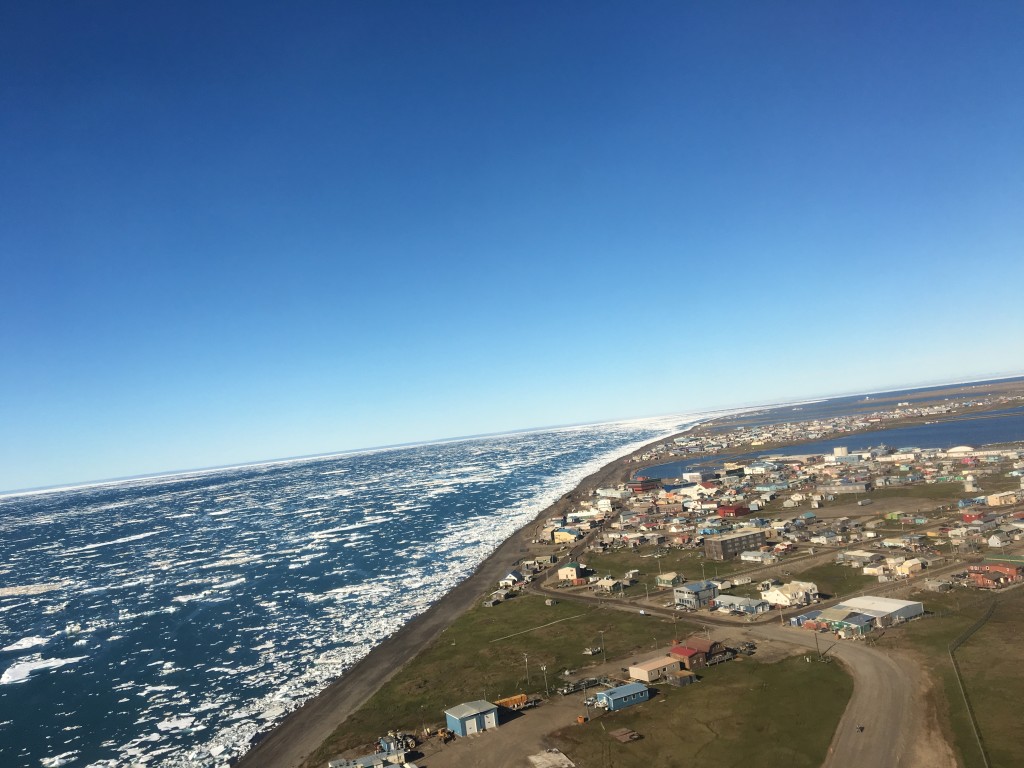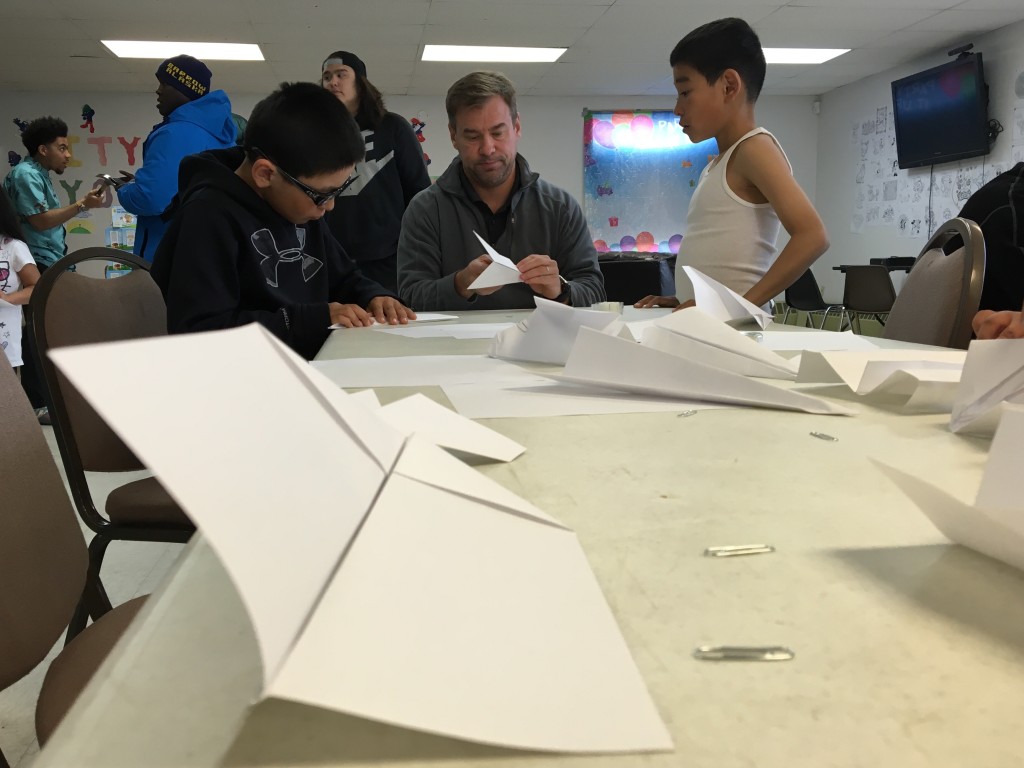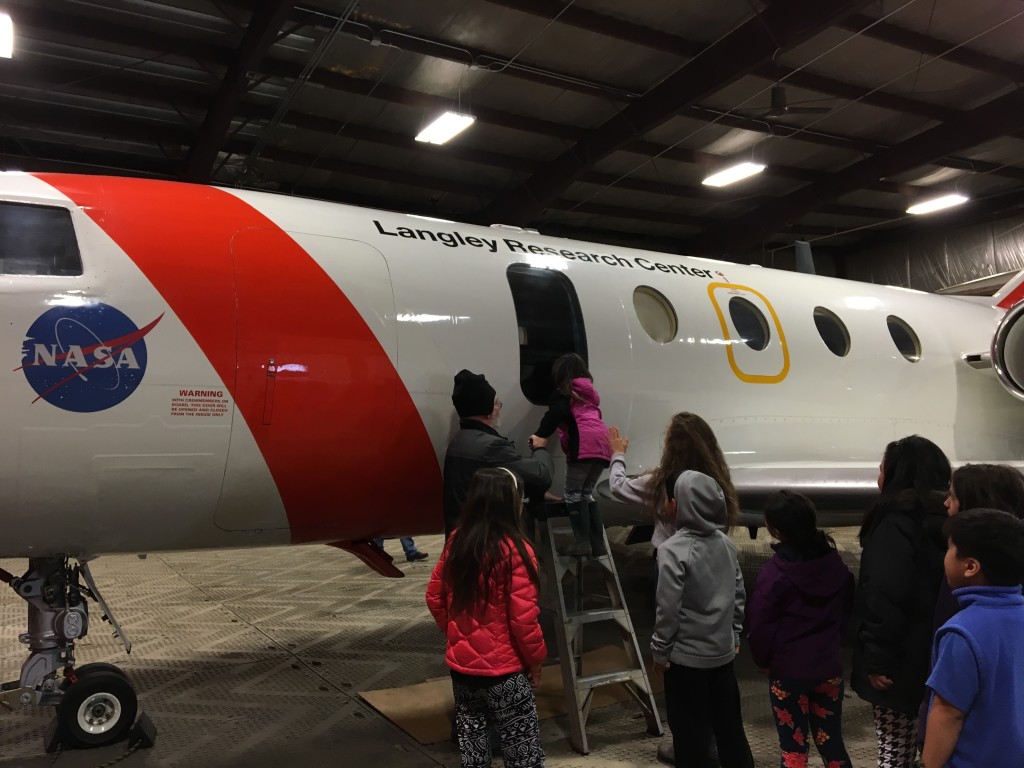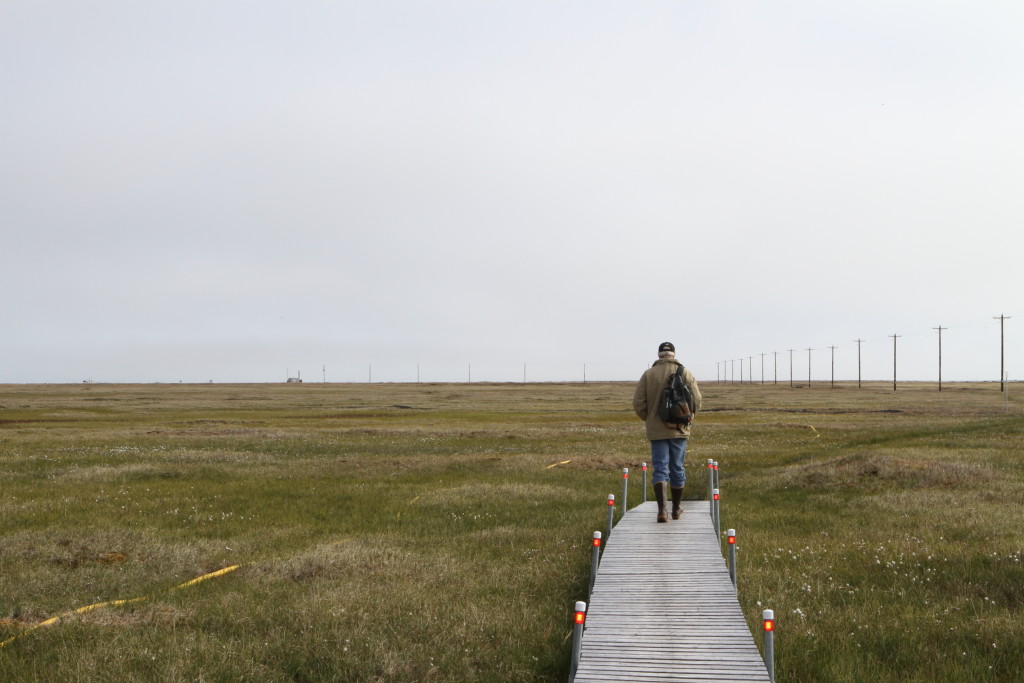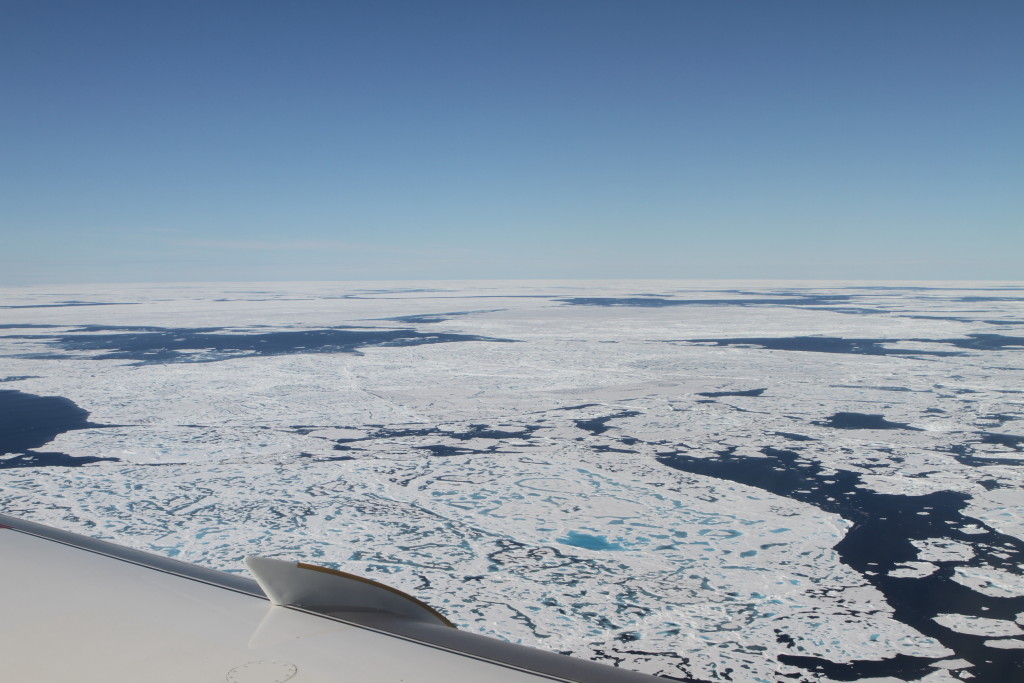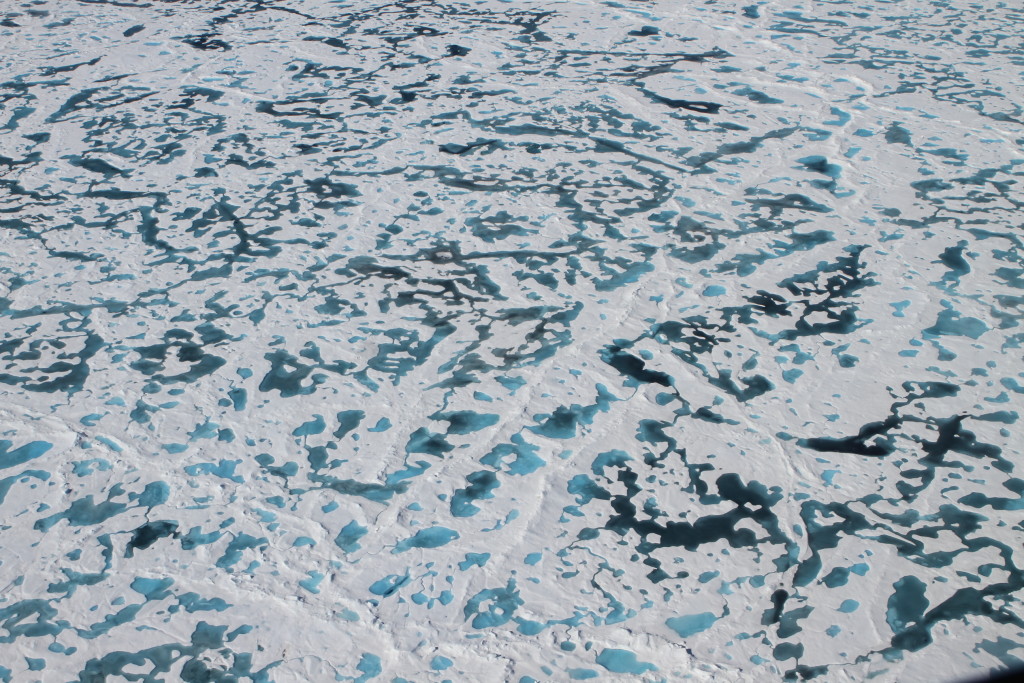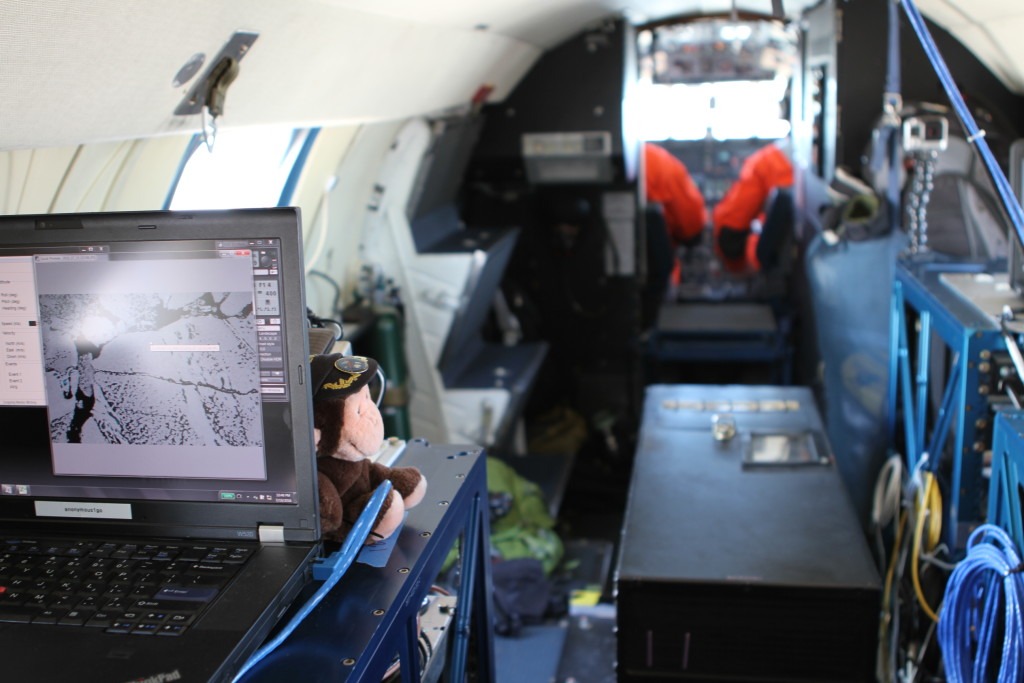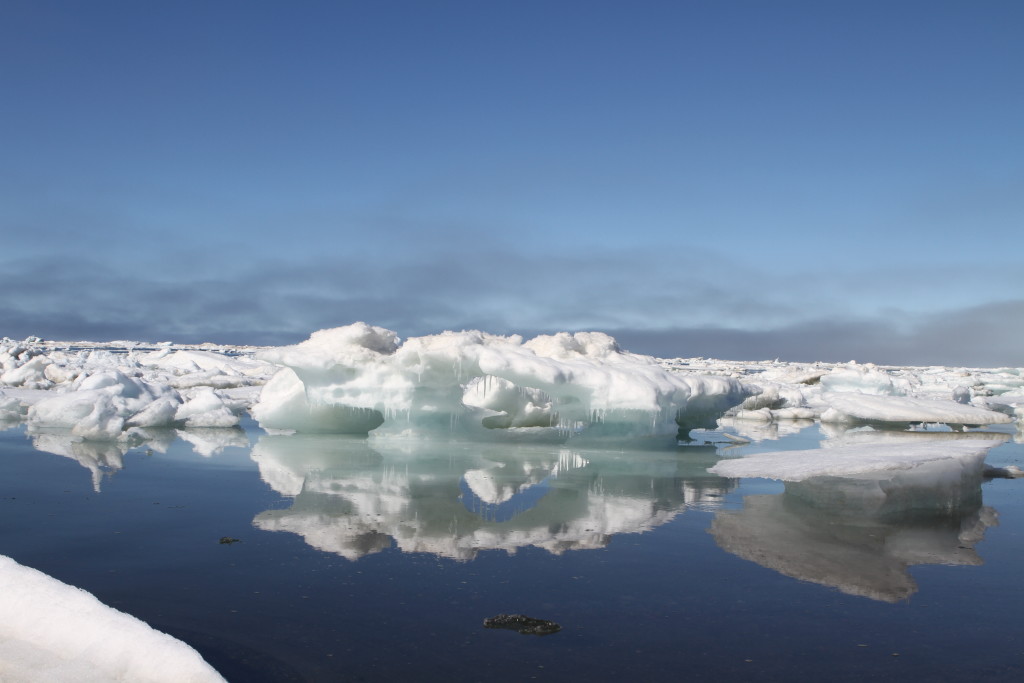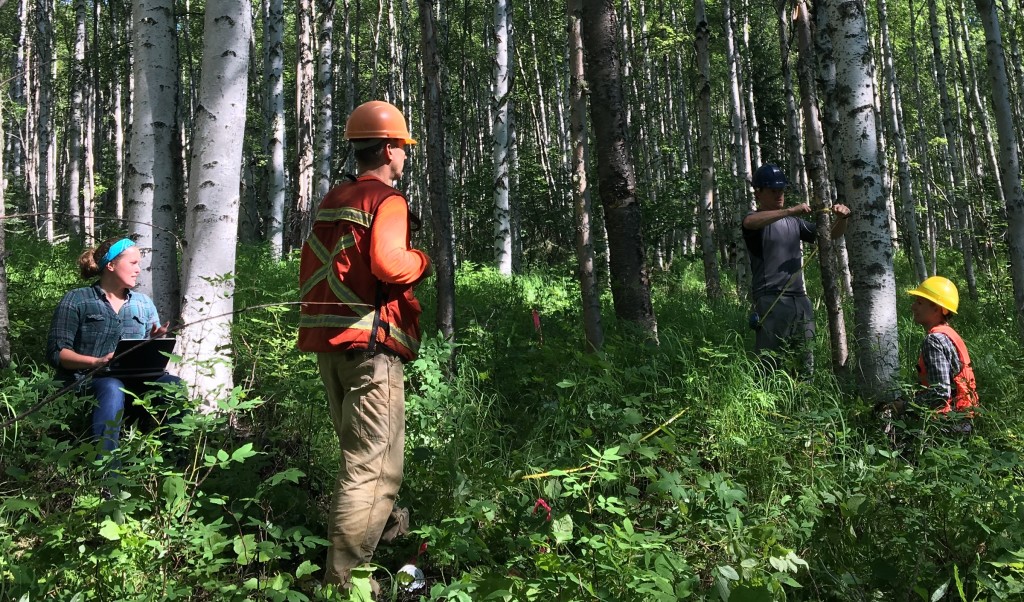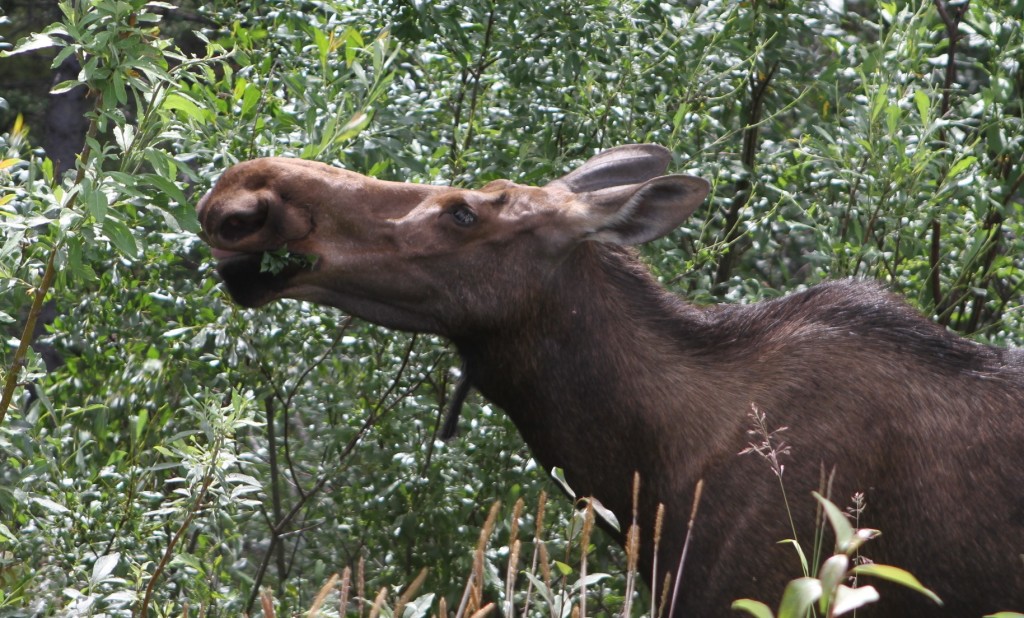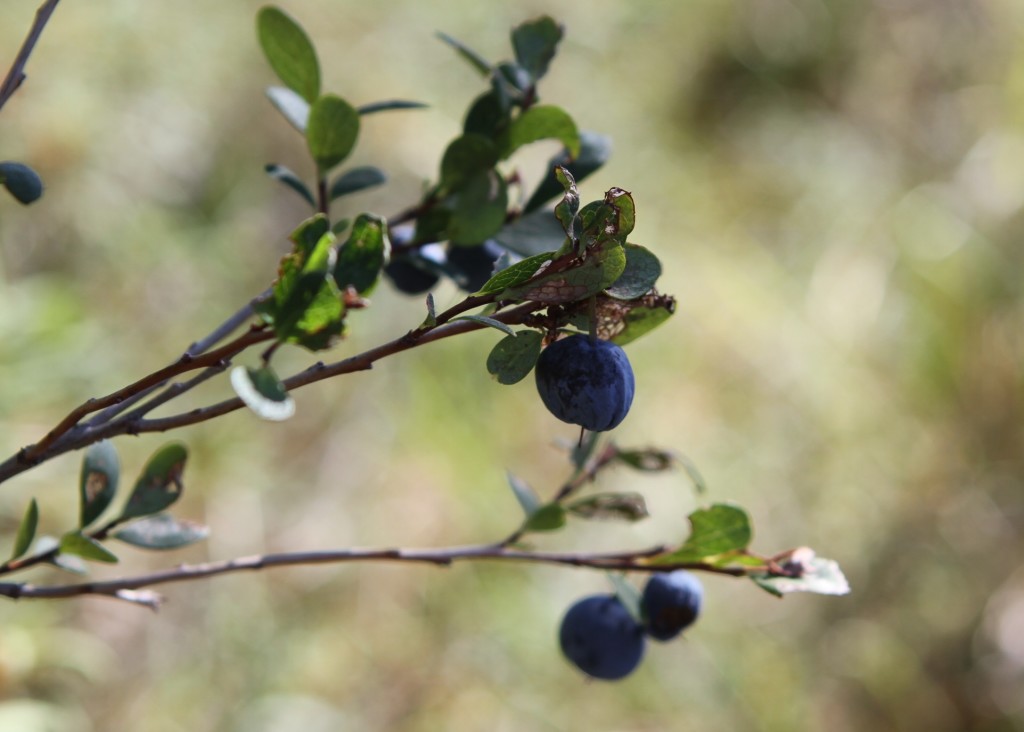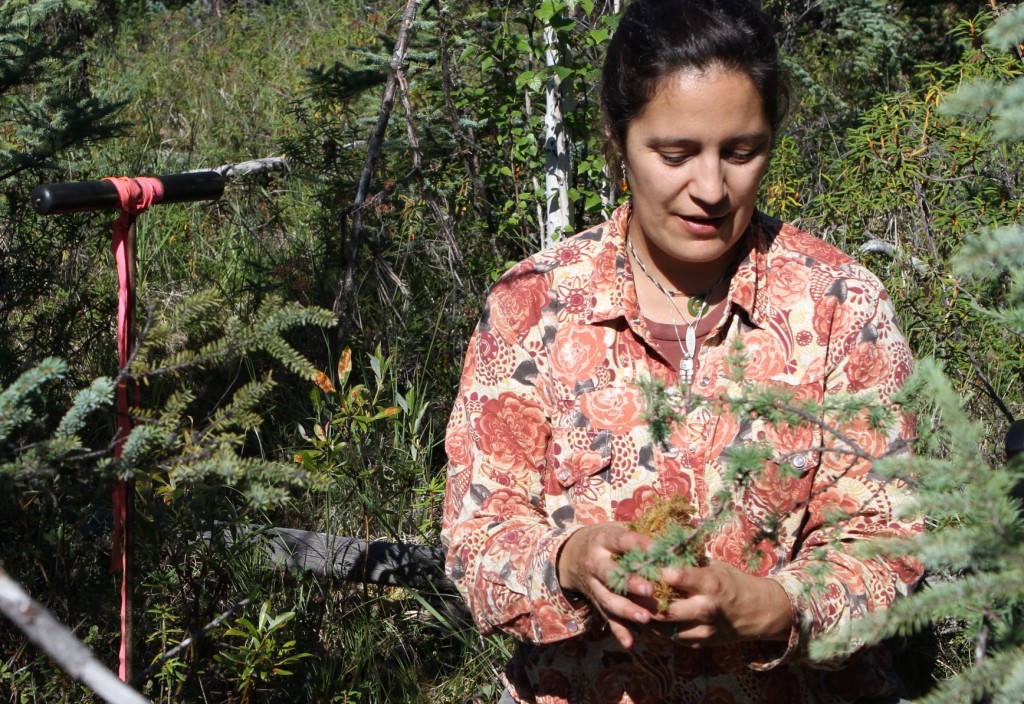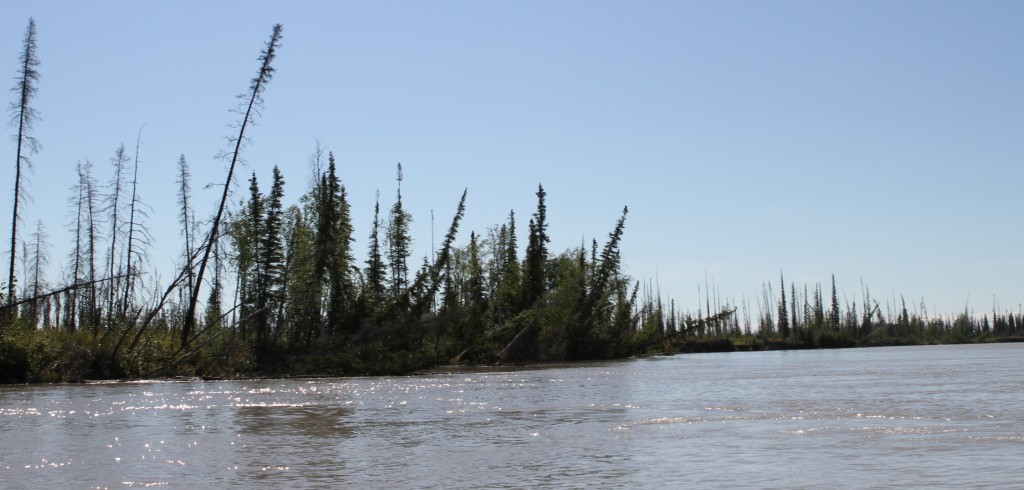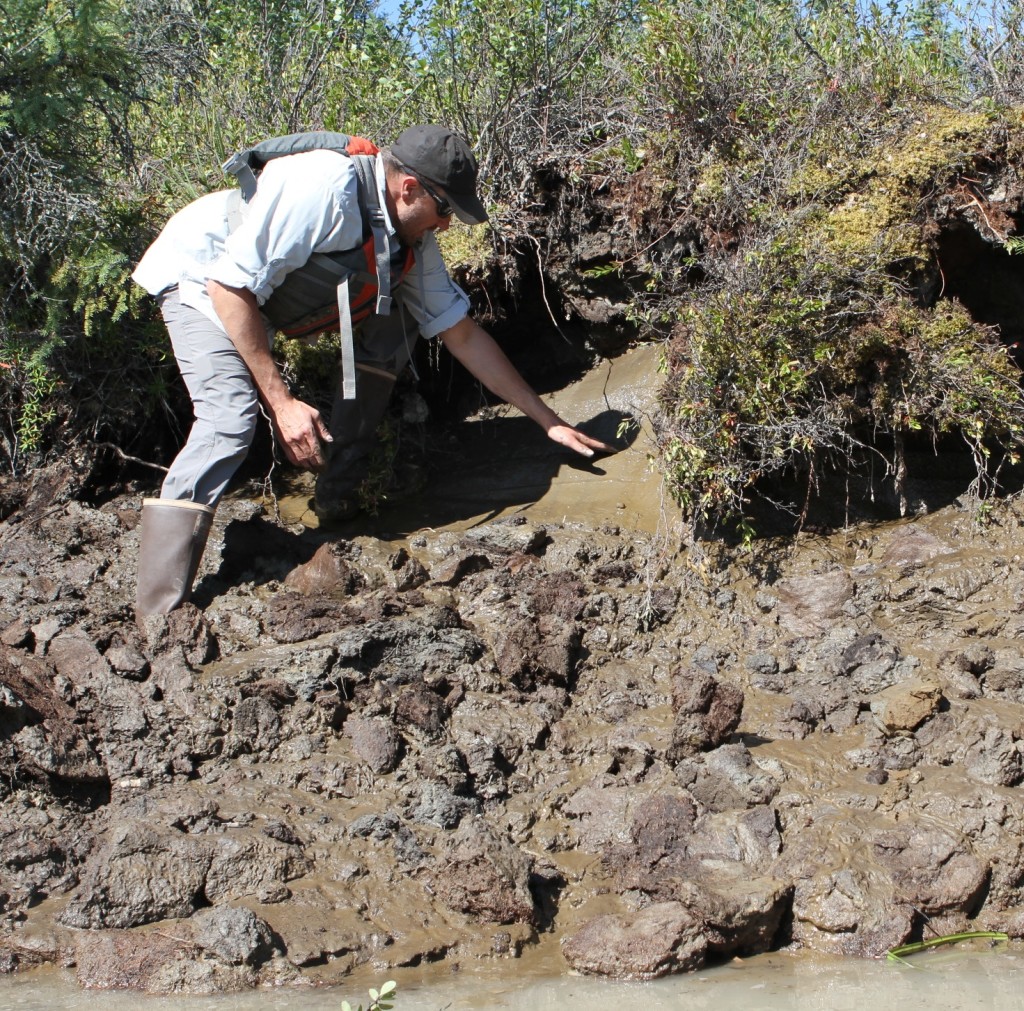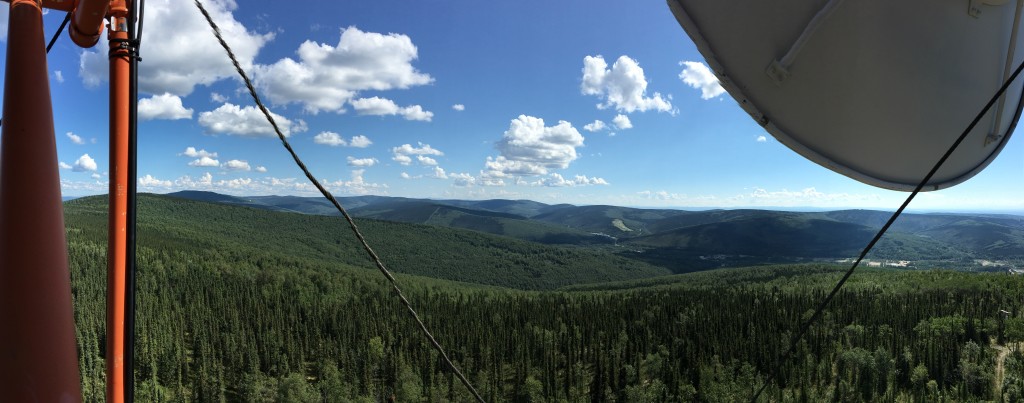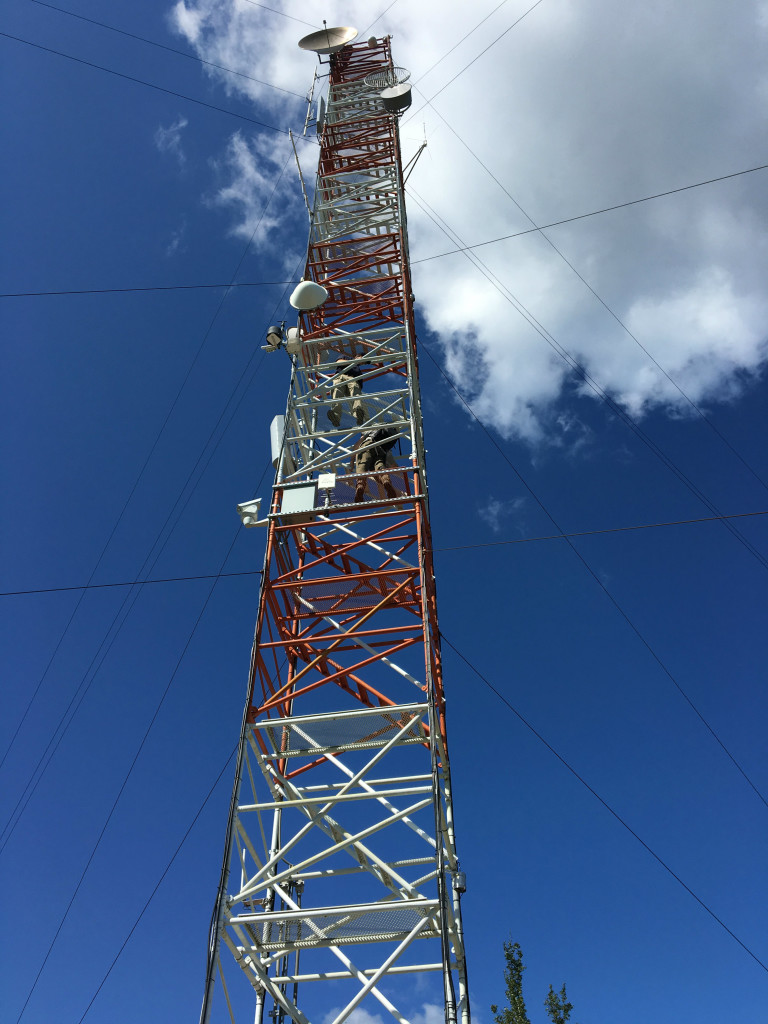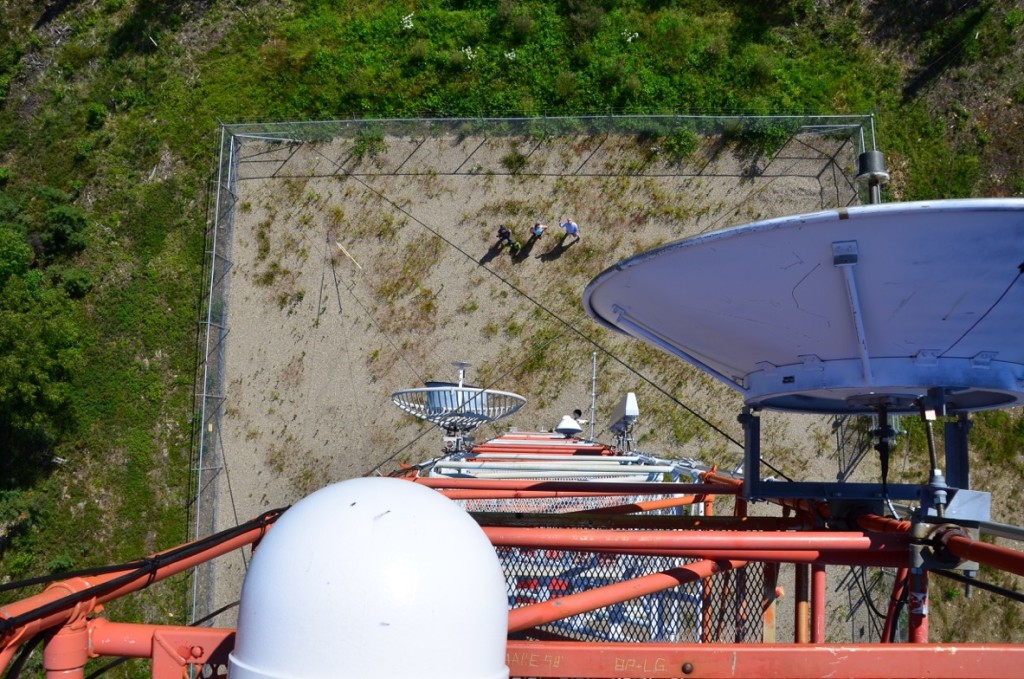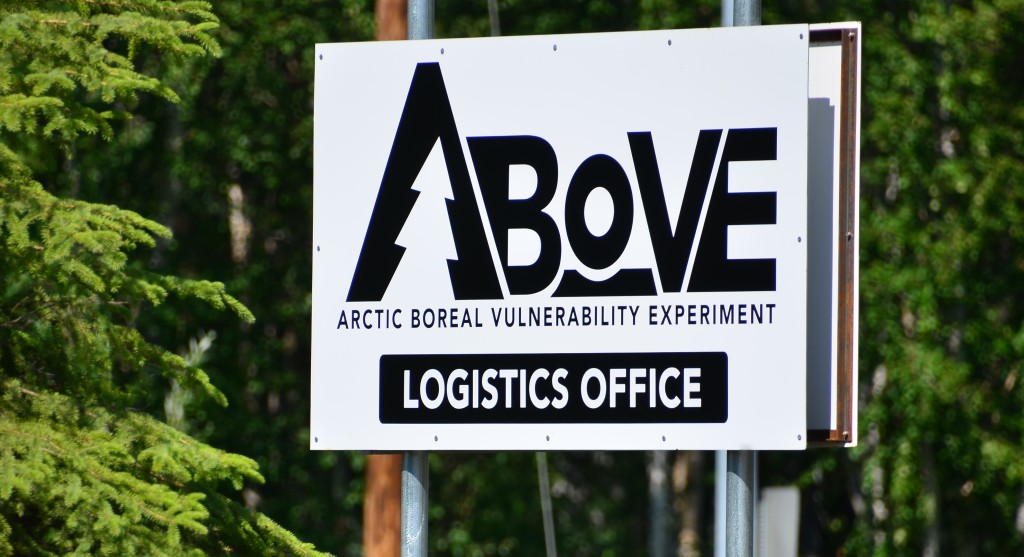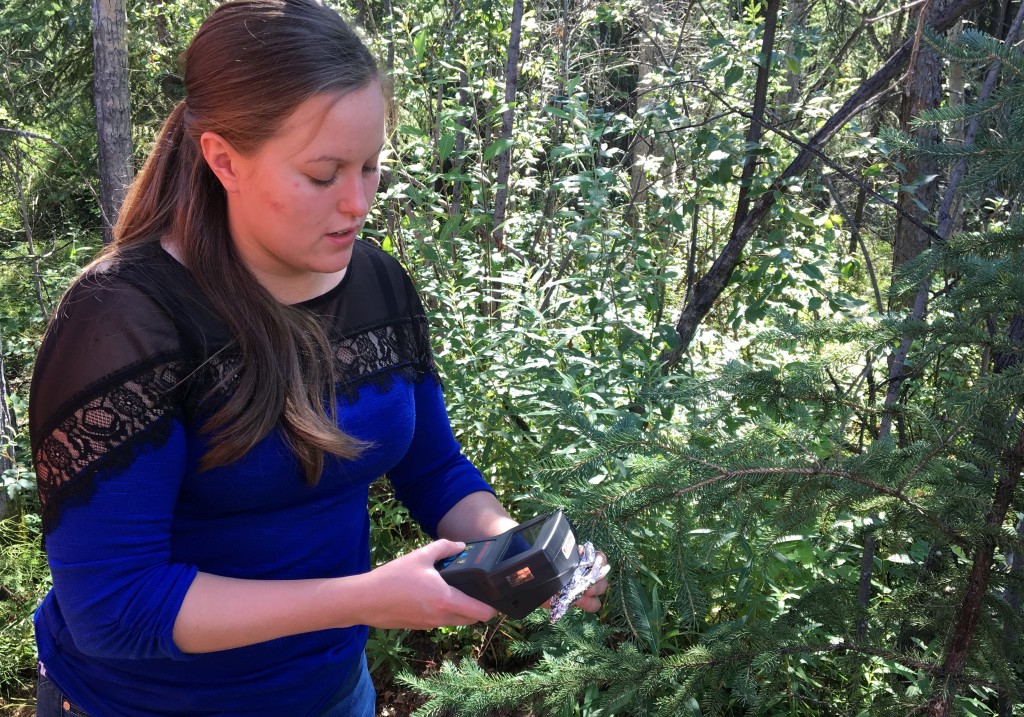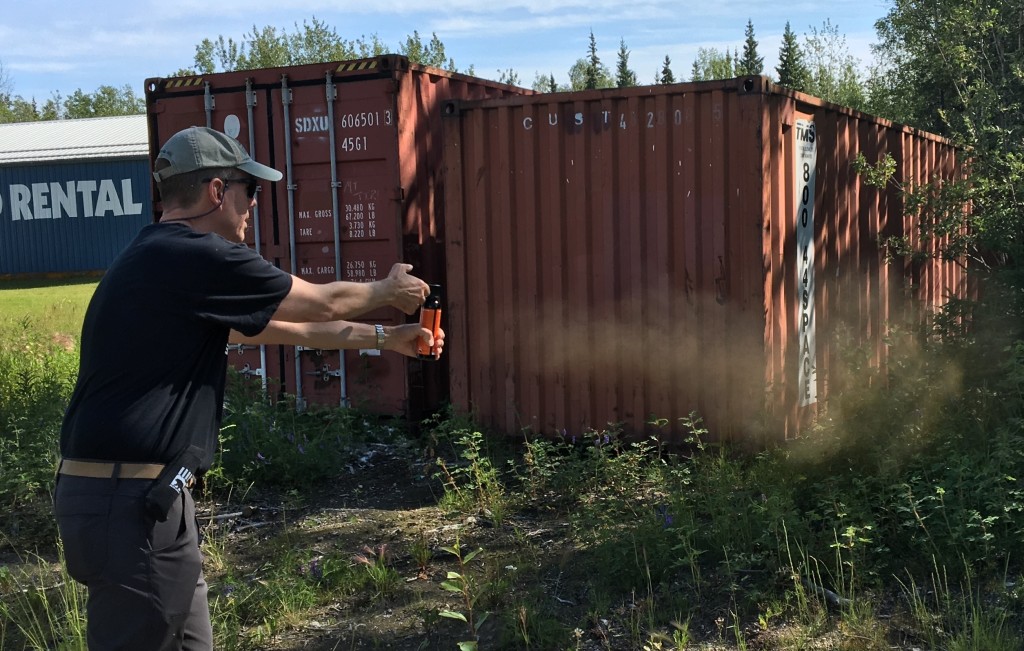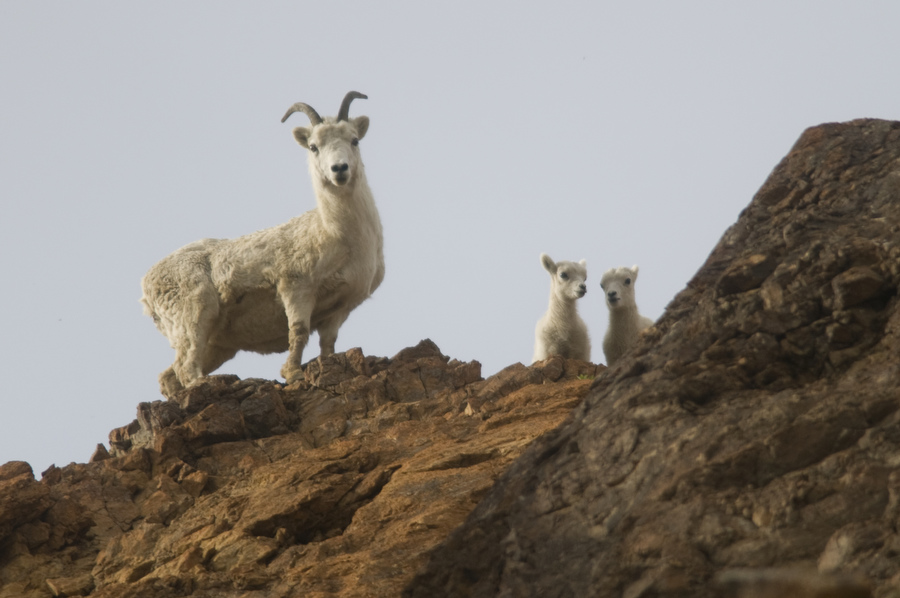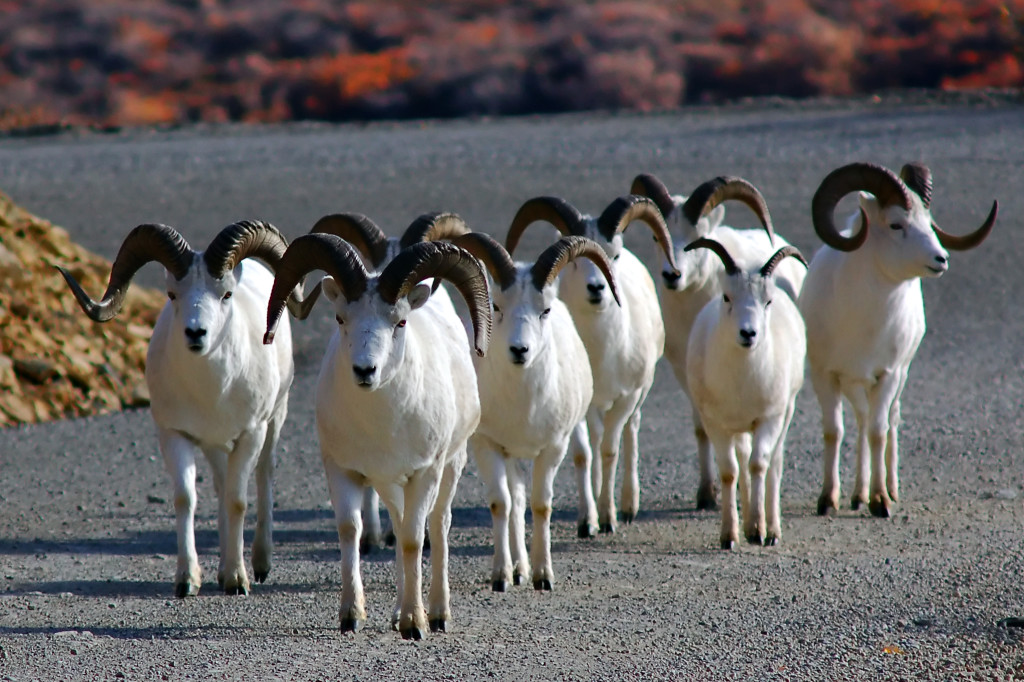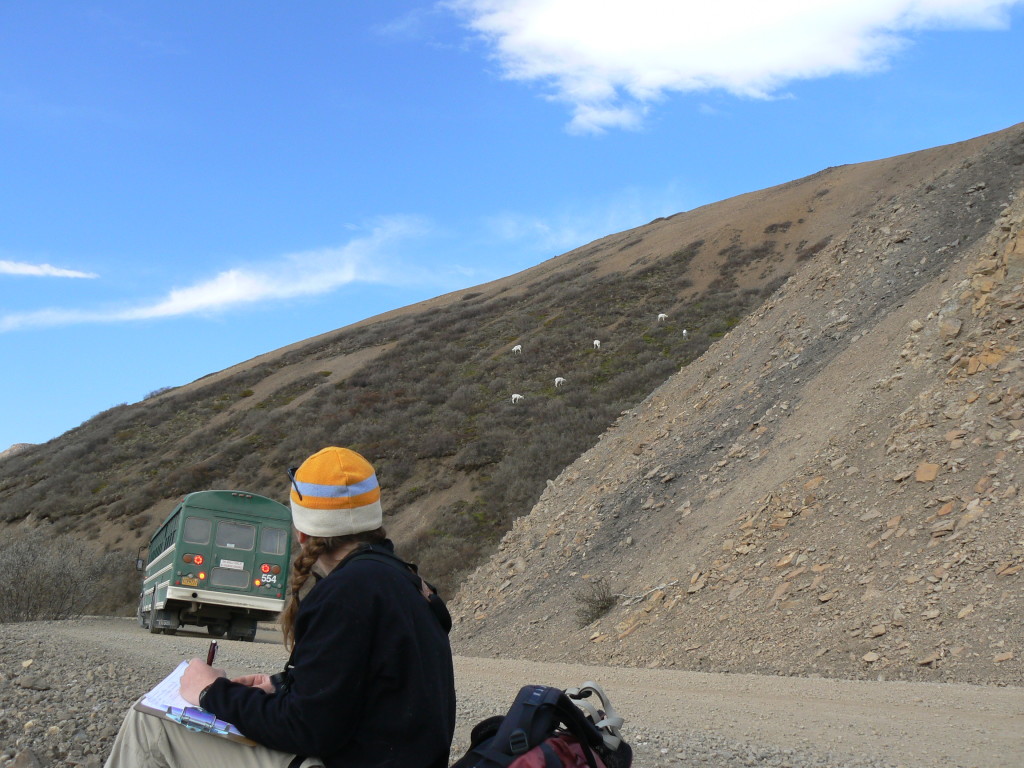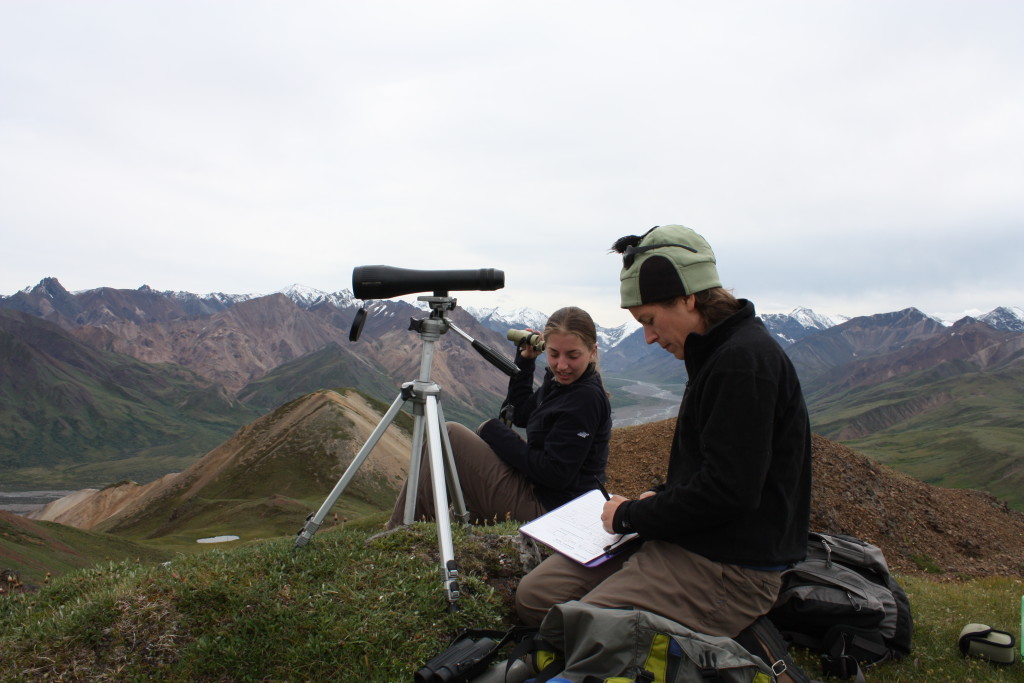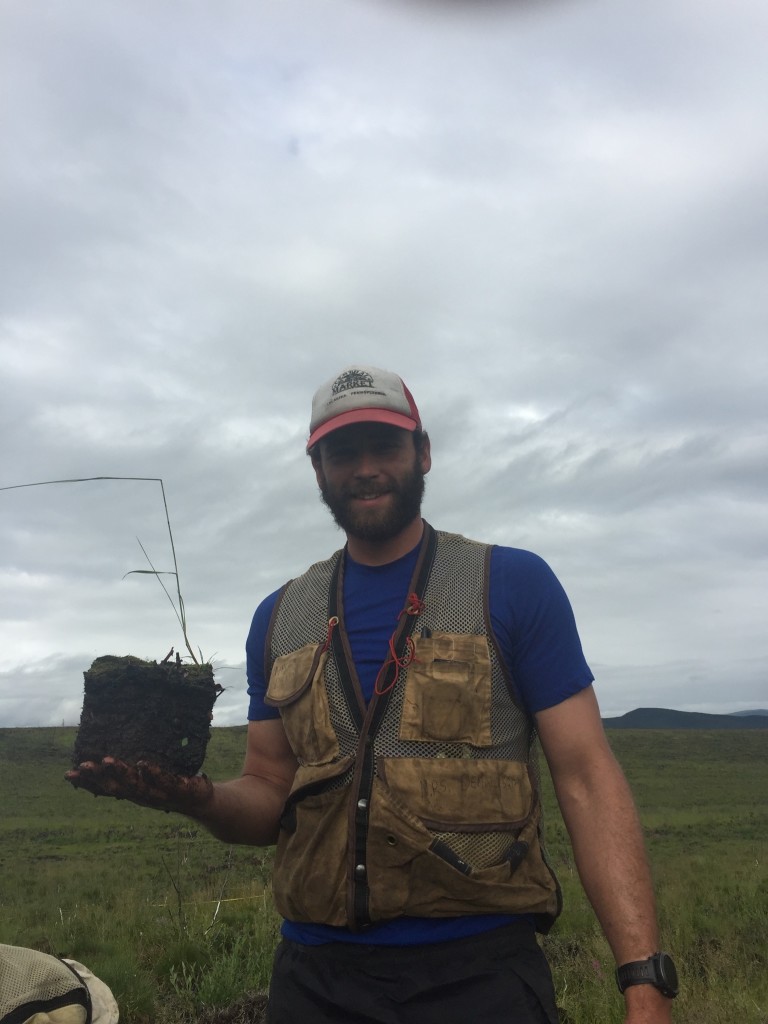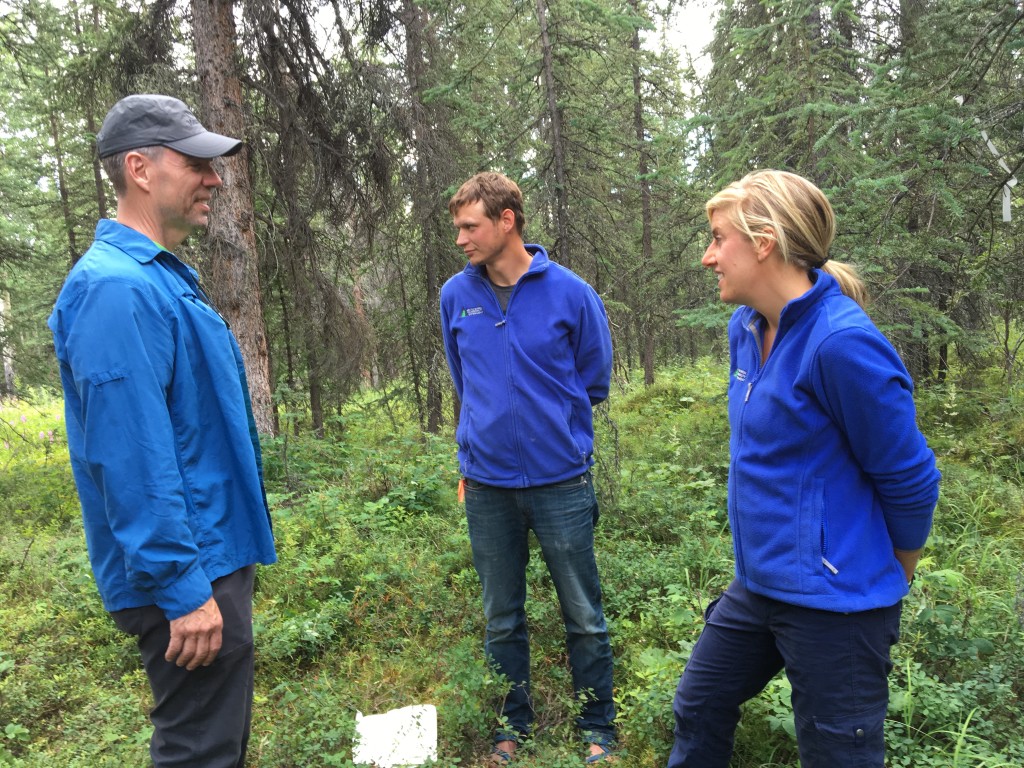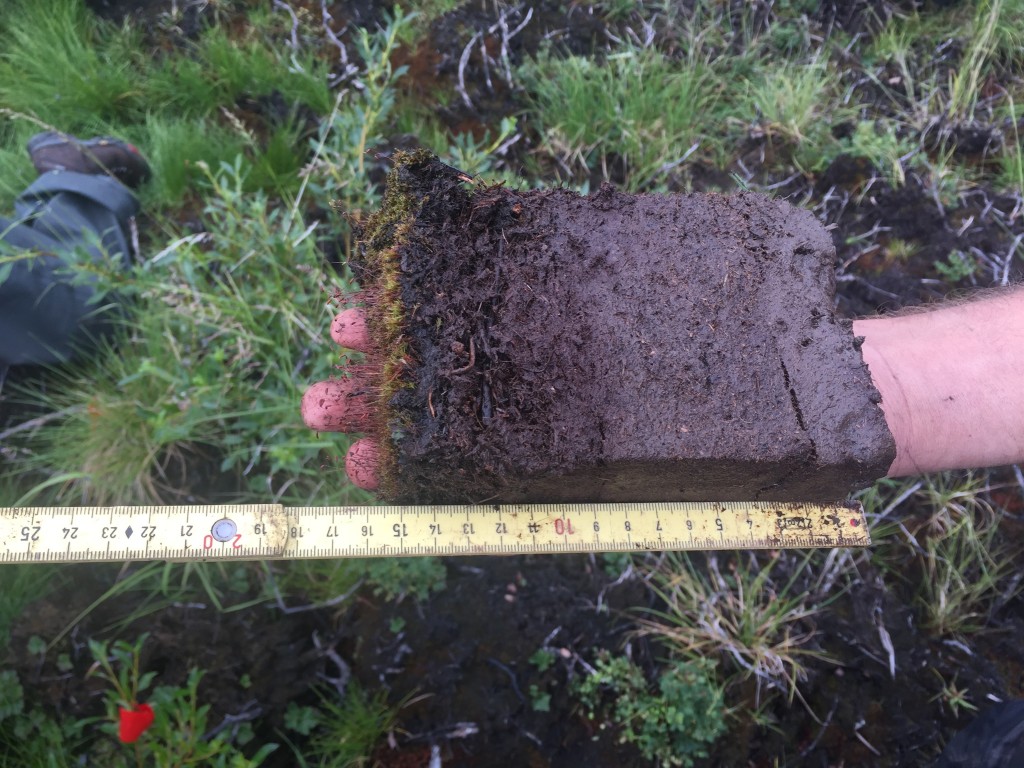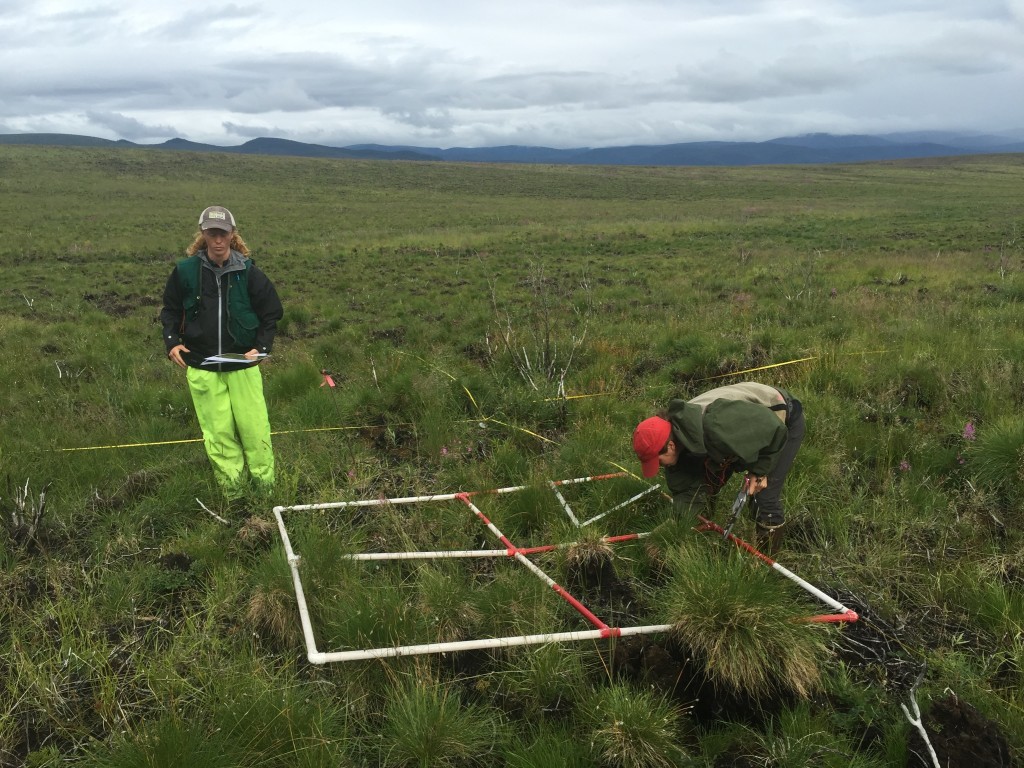
by Samson Reiny
It was a week of eclectic locales last week for the Atmospheric Tomography, or ATom, mission. On Monday, August 1, NASA’s DC-8 flying laboratory took off from the high desert of NASA’s Armstrong Flight Research Center in Palmdale, Calif., and made its way to near the North Pole before touching down in Anchorage, Alaska. Two days later, the team left the cool, crisp air for balmy Hawaii, laying over for a few days in Kona, on Hawaii Island.
All the while, in flight the 23 instruments on board measured and collected air samples from a range of altitudes as part of the mission to survey the world’s atmosphere.
Upon liftoff from Palmdale, the team caught glimpses of two defining features of the summer Southern California air: haze from smog stemming from the Los Angeles Basin, and smoke and ash from a wildfire, this one from the tail end of a large blaze that charred about 65 square miles (39,000 acres) in the mountains near Santa Clarita Valley.
“More frequent wildfires in this area are expected because of climate warming,” said ATom principal investigator Steve Wofsy, noting that drier landscapes and higher temperatures up the odds of igniting a blaze.
The crew also sighted wildfires in areas near Pyramid Lake, in northwest Nevada, that had been started by dry lightning strikes a few days prior.

But eventually the air cleared as the DC-8 soared over the dramatic vistas of the northwest United States before continuing on to the Arctic, which Wofsy called “the heartland” for climate change.
“The Arctic is changing very, very quickly, and we wanted to see how it’s changing both in terms of its climate and its atmospheric chemistry,” he said. The Arctic is warming faster than the rest of Earth. Temperatures in the region are now 2.3 degrees Fahrenheit above the long-term average, the highest since modern records began in 1900.
ATom scientist Roisin Commane of Harvard University noticed one of the most visible markers of that warming—the skinniness of the first-year sea ice compared to years past. “Even way up at 78 degrees north latitude, the sea ice was really, really thin,” she noted. “Twenty years ago, there would have been thick and lumpy sea ice all over.”

Another observation taken from instruments were heightened amounts of sulfur aerosols. “Normally the sea ice would keep a lot of the chemical compounds sealed in,” Commane said, “but with so much broken ice, everything can make its way out pretty easily.”
“Aerosols often have a cooling effect on the climate because they scatter sunlight and make clouds whiter and last longer,” added Christina Williamson, a post-doctoral scientist at the Cooperative Institute for Research in Environmental Sciences at the University of Colorado at Boulder. “In the Arctic this may not happen because snow and ice are already highly reflective, but with less and less sea ice, they could become more important.”
At high altitudes, the team picked up gases indicative of biomass burning, which scientists on board suspect came from recent wildfires in Siberia. Wherever they came from, the gases originated very far away since they were picked up in a remote area of the Arctic.

In fact, many gases are world travelers. On Wednesday, August 3, on the way to Kona, the DC-8 flew through a highly polluted layer of atmosphere a couple hundred miles north of the Hawaiian islands. It likely came from Asia, says Paul Newman, Chief Scientist for Earth sciences at NASA’s Goddard Space Flight Center in Greenbelt, Maryland, and co-leader of the ATom science team. “The pollution was probably lifted to higher altitudes by convection in Asia, and then carried over the Pacific by the normal westerly winds.”
This around-the-world trip has only just begun, but it’s already proving to be interesting. “It’s exciting just seeing what comes in,” Commane says. “We’re never sure what to expect.”

